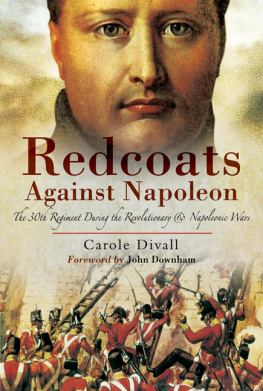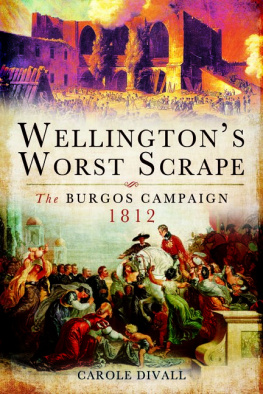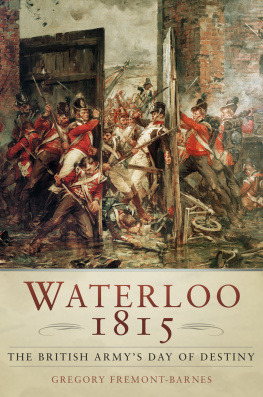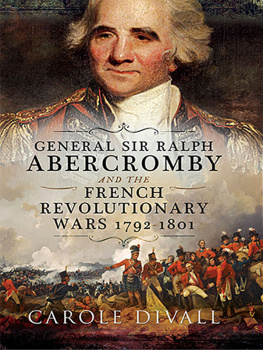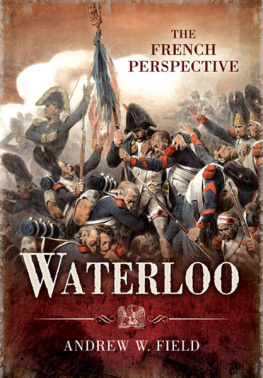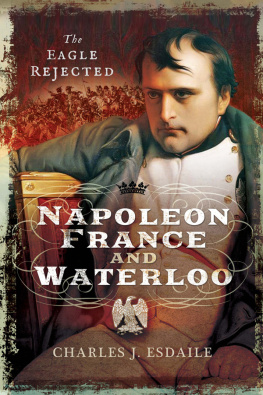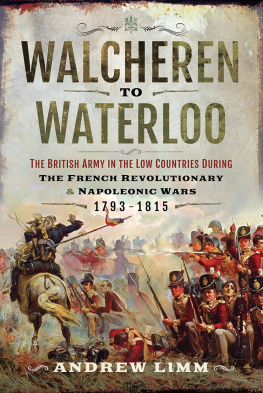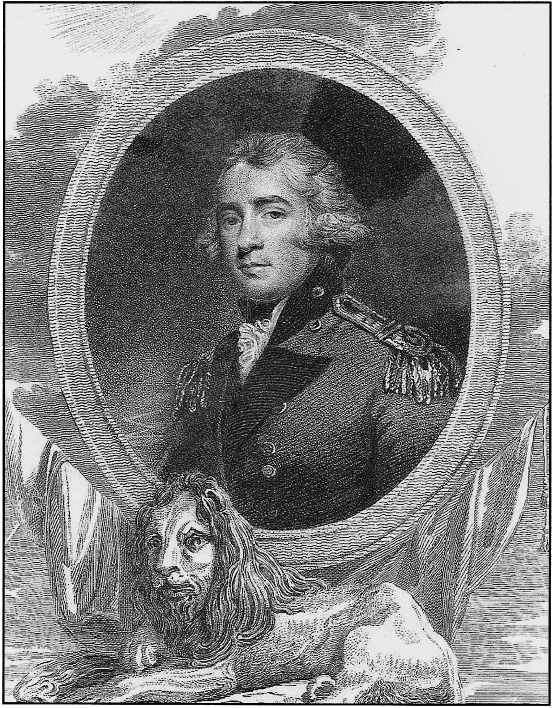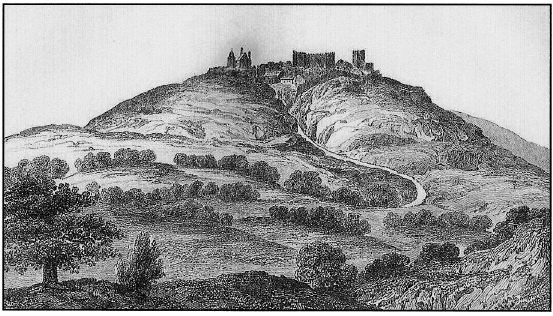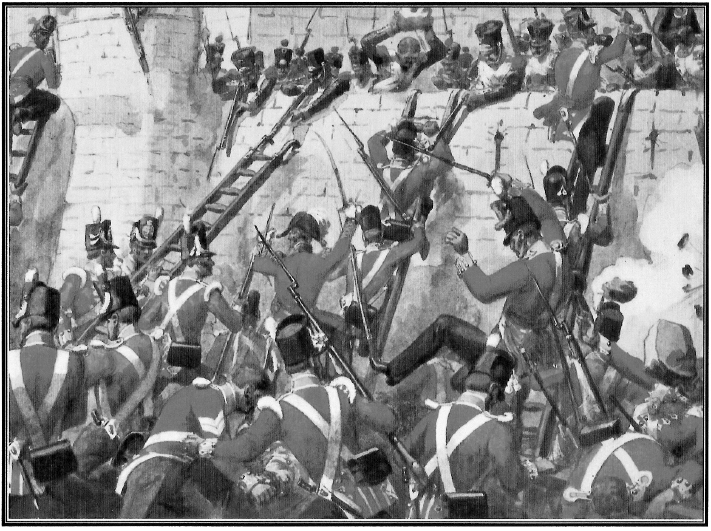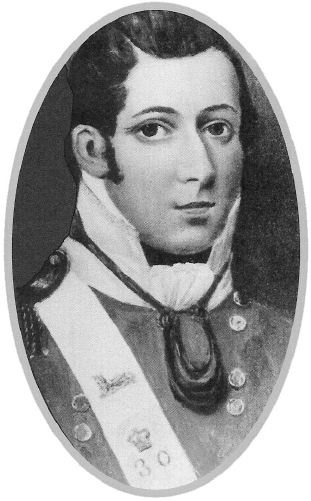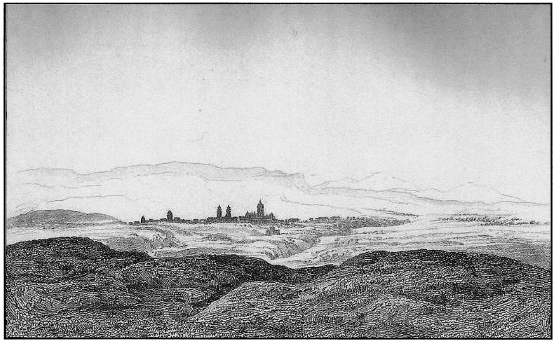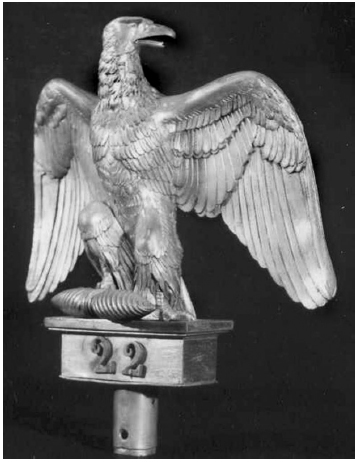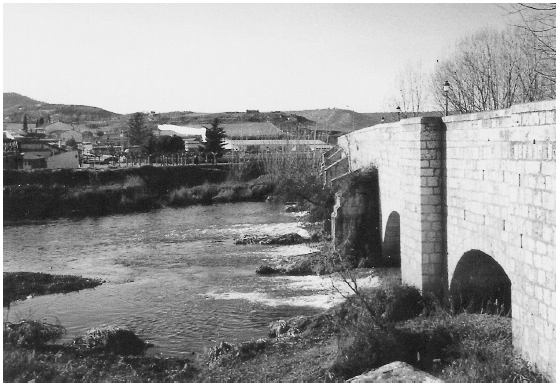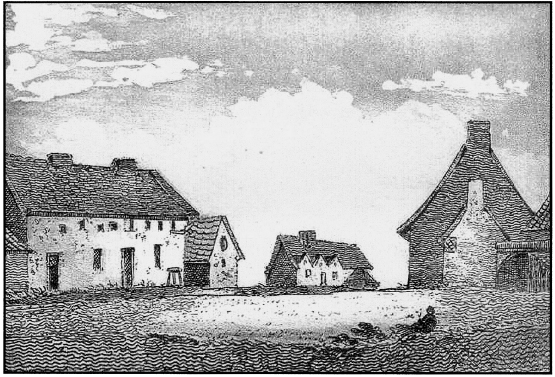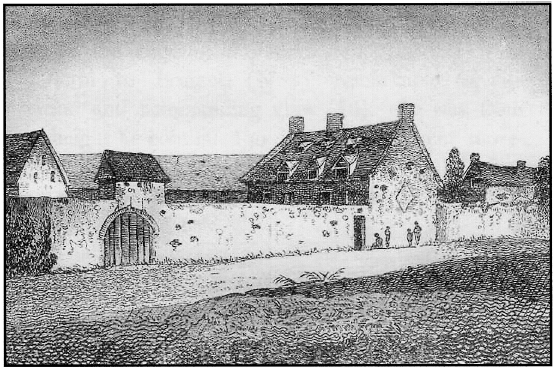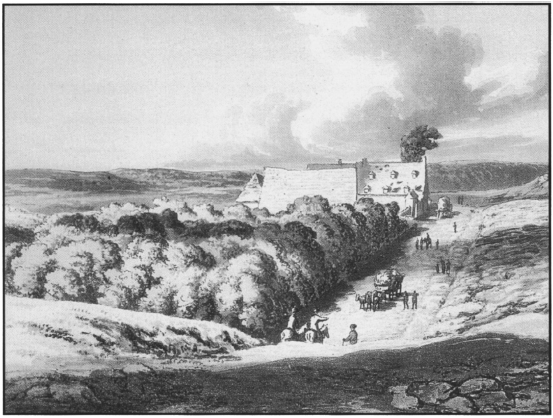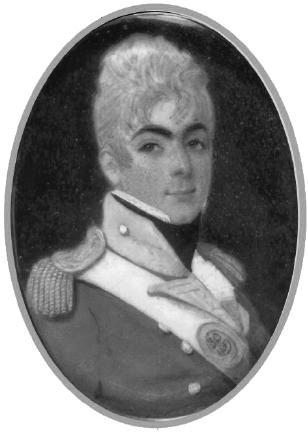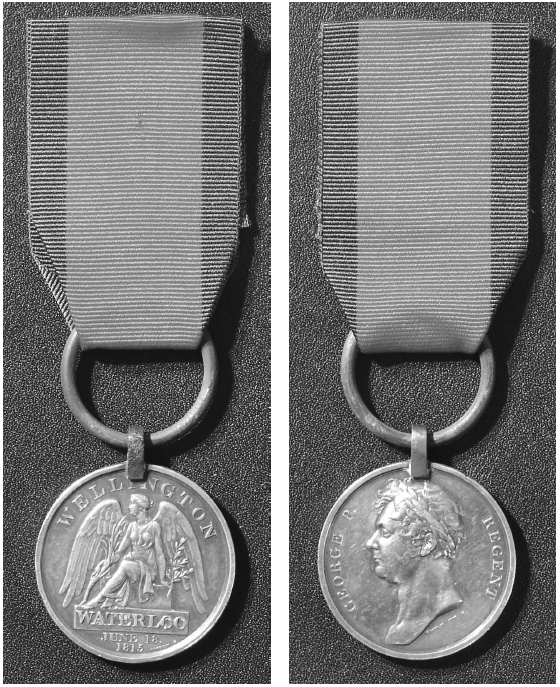Carole Divall - Redcoats Against Napoleon: The 30th Regiment During the Revolutionary and Napoleonic Wars
Here you can read online Carole Divall - Redcoats Against Napoleon: The 30th Regiment During the Revolutionary and Napoleonic Wars full text of the book (entire story) in english for free. Download pdf and epub, get meaning, cover and reviews about this ebook. year: 2009, publisher: Pen and Sword, genre: Non-fiction. Description of the work, (preface) as well as reviews are available. Best literature library LitArk.com created for fans of good reading and offers a wide selection of genres:
Romance novel
Science fiction
Adventure
Detective
Science
History
Home and family
Prose
Art
Politics
Computer
Non-fiction
Religion
Business
Children
Humor
Choose a favorite category and find really read worthwhile books. Enjoy immersion in the world of imagination, feel the emotions of the characters or learn something new for yourself, make an fascinating discovery.
- Book:Redcoats Against Napoleon: The 30th Regiment During the Revolutionary and Napoleonic Wars
- Author:
- Publisher:Pen and Sword
- Genre:
- Year:2009
- Rating:4 / 5
- Favourites:Add to favourites
- Your mark:
Redcoats Against Napoleon: The 30th Regiment During the Revolutionary and Napoleonic Wars: summary, description and annotation
We offer to read an annotation, description, summary or preface (depends on what the author of the book "Redcoats Against Napoleon: The 30th Regiment During the Revolutionary and Napoleonic Wars" wrote himself). If you haven't found the necessary information about the book — write in the comments, we will try to find it.
Military histories of the struggle against the French armies of the Revolution and Napoleon often focus on the exploits of elite units and famous individuals, ignoring the essential contribution made by the ordinary soldiers the bulk of the British army. Carole Divall, in this graphic and painstakingly researched account, tells the story of one such hitherto ignored group of fighting men, the 30th Regiment of the Line. She takes their story from one of the opening clashes of the long war, the Siege of Toulon in 1793, to the decisive Battle of Waterloo in 1815. She gives us a fresh perspective on key events the men took part in Massenas retreat from the Lines of Torres Vedras, the bloody storming of Badajoz, the retreat from Burgos, the ordeal of the troops holding the centre of Wellingtons Waterloo position. The regiments history which she describes using some hitherto unpublished and vivid memoirs left by the men themselves and those they fought alongside offers a fascinating insight into the life of British soldiers two centuries ago.
Carole Divall: author's other books
Who wrote Redcoats Against Napoleon: The 30th Regiment During the Revolutionary and Napoleonic Wars? Find out the surname, the name of the author of the book and a list of all author's works by series.

